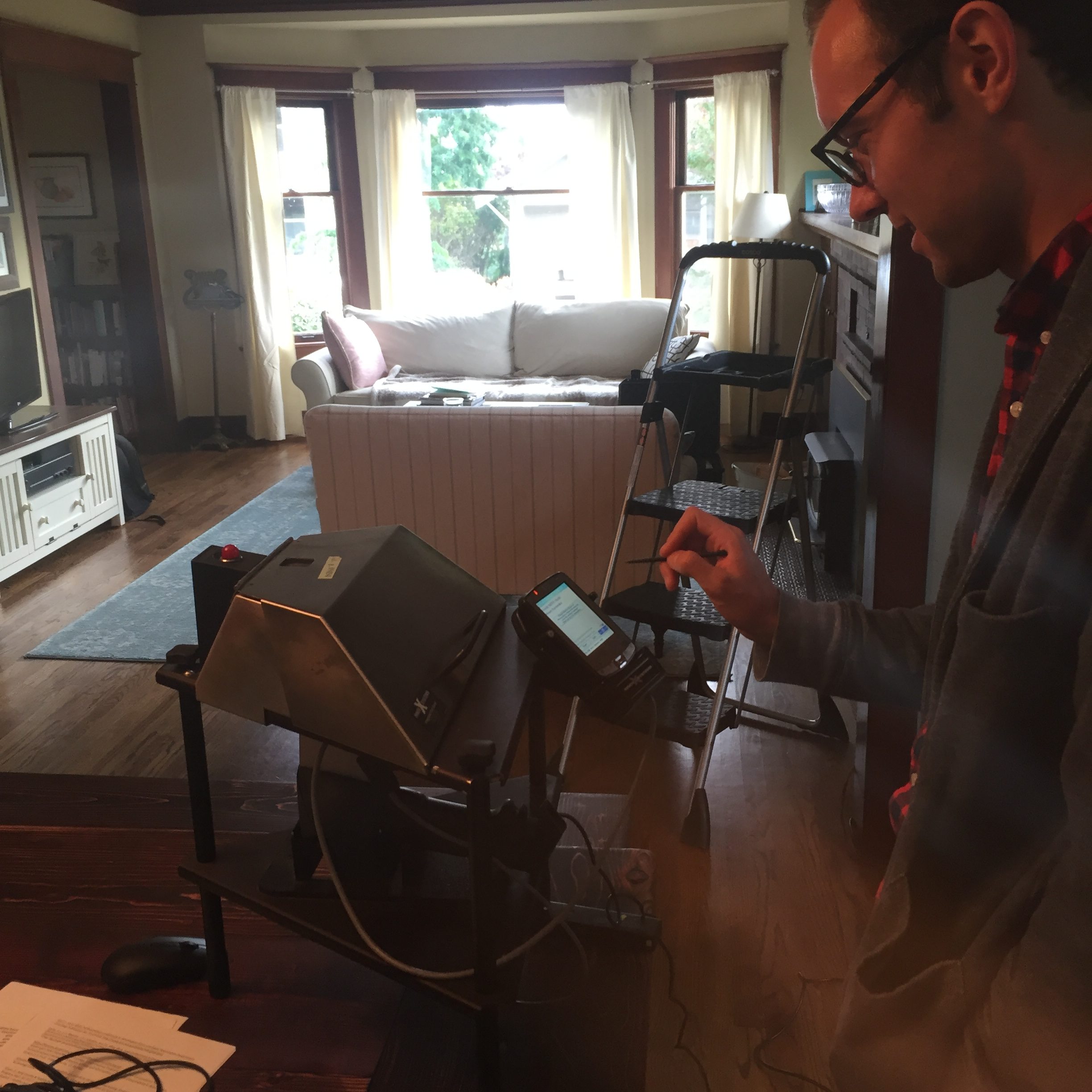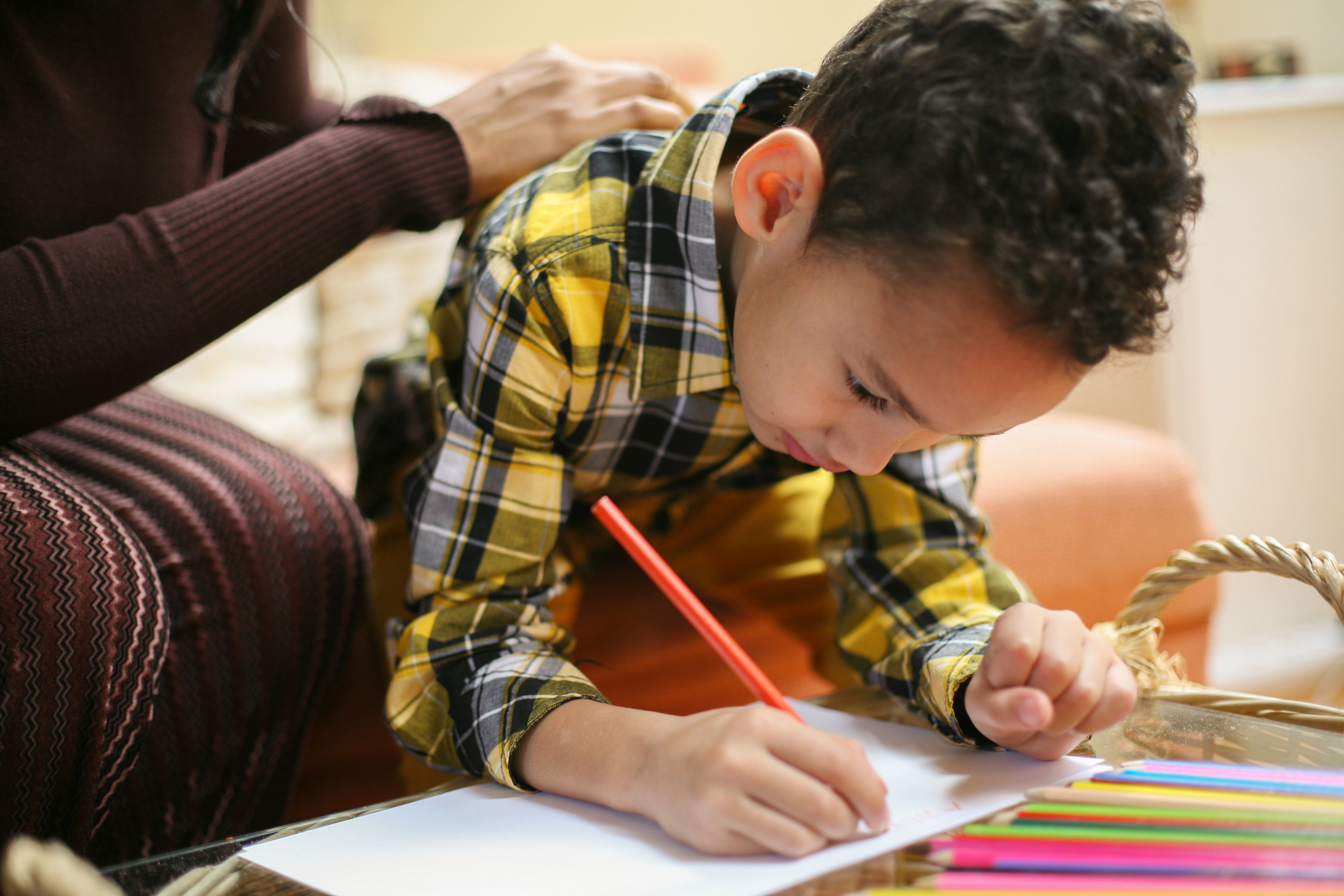Editor’s Note: This post was written by Toxic-Free Future’s Science Intern Colin Hartke. Colin, along with three other interns Erik Hanley, Sara Petruska, and Jane Nguyen, worked on Toxic-Free Future’s Lead Awareness Project to identify community partners and study participants, as well as assist participants to reduce sources of lead in their homes.
A job posting from Toxic-Free Future immediately caught my attention and piqued my interest. The advertisement called for a School of Public Health graduate student at the University of Washington to collaborate on a project focused on understanding and reducing levels of lead in Puget Sound area homes. Within weeks of first seeing the posting, I found myself diving deep into the project alongside the Toxic-Free Future team.

In early 2017, Toxic-Free Future joined a group of 10 nonprofit organizations across the country to pilot a new lead home testing program. In partnership with Health Babies, Bright Futures, Toxic-Free Future worked with more than 50 families in King, Pierce and Snohomish counties, to provide free lead home testing. Lead exposure poses the greatest threat to children, especially to brain development, so we offered the program to individuals with a child under three or someone pregnant living in the home.
Getting the word out about the program required linking up with a range of service organizations in the Puget Sound region. From Living Well Kent to the University of Washington’s Pediatric Environmental Health Specialty Unit, we worked with a diverse group of stakeholders to share information about the program with those who might be interested. We presented information to health care providers, community members and nonprofit leaders, often leading to long conversations about not only the direct health and development risks from lead exposure, but also the system-level changes that are needed so that everyone in the community has the ability and resources to minimize lead exposure.
Many of the most fulfilling parts of the project have been working directly with participants in the pilot program and helping them reduce sources of lead in their homes. We were able to assist them in the collection of samples for their lead home tests and then talk through resources and strategies to reduce lead exposure. These conversations often focused on small immediate steps, like damp dusting to remove lead dust from the environment where kids are playing and living. A full list of tips on how to reduce lead exposures is available here.
As the testing phase of the project wraps up, Toxic-Free Future will now analyze the data collected about lead in homes. This data will help us better understand the common sources of kids’ exposures to lead in our area so we can focus our lead reduction efforts, including our advocacy, on the best approaches to removing lead from the indoor environment.
As I am wrapping up my graduate school practicum with Toxic-Free Future, I feel grateful for this rare opportunity to not only directly assist families in reducing their lead exposure but also team up with an organization that is dedicated to using the data collected to help inform long-term strategies to create a healthy environment for everyone.




